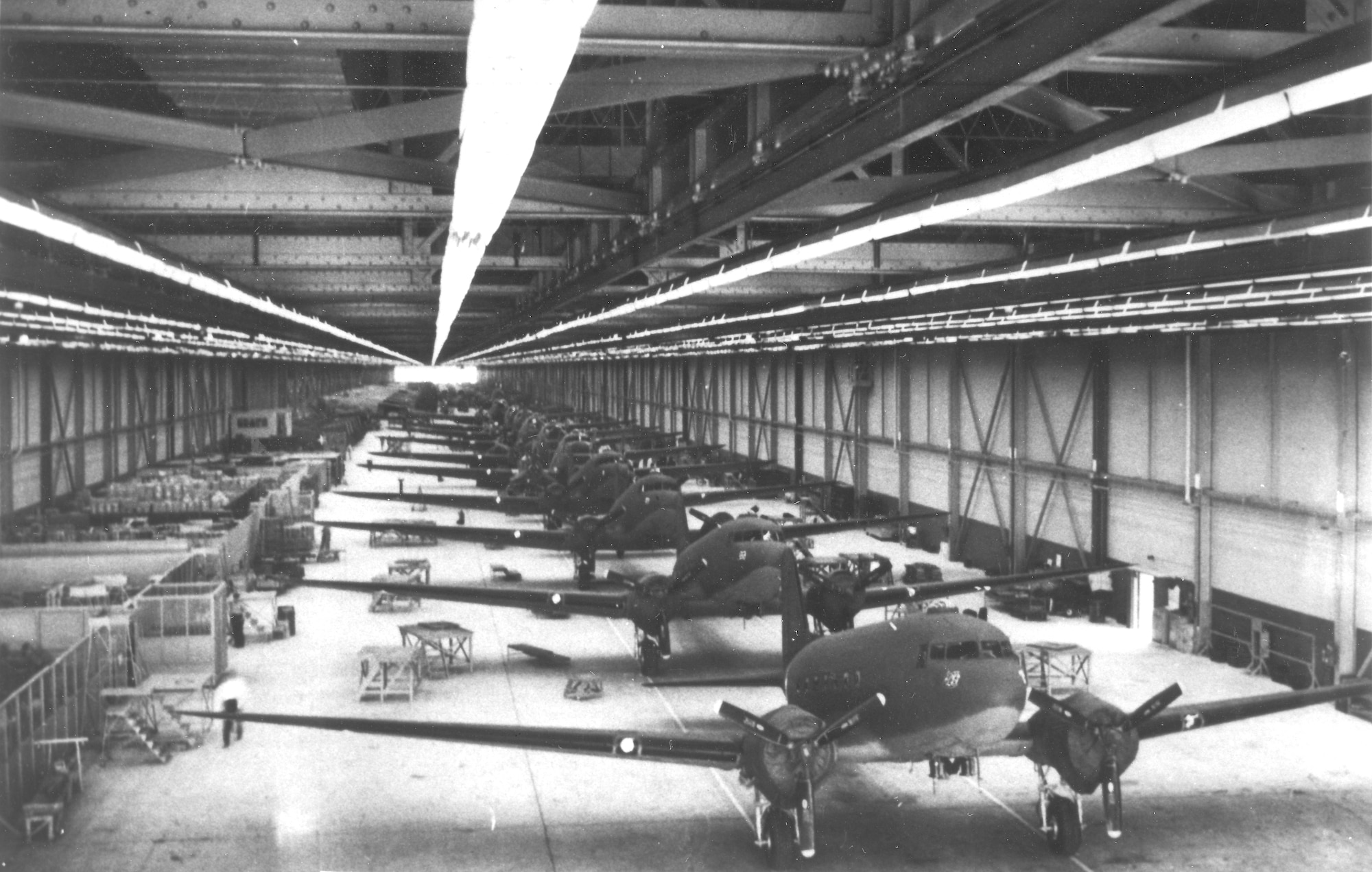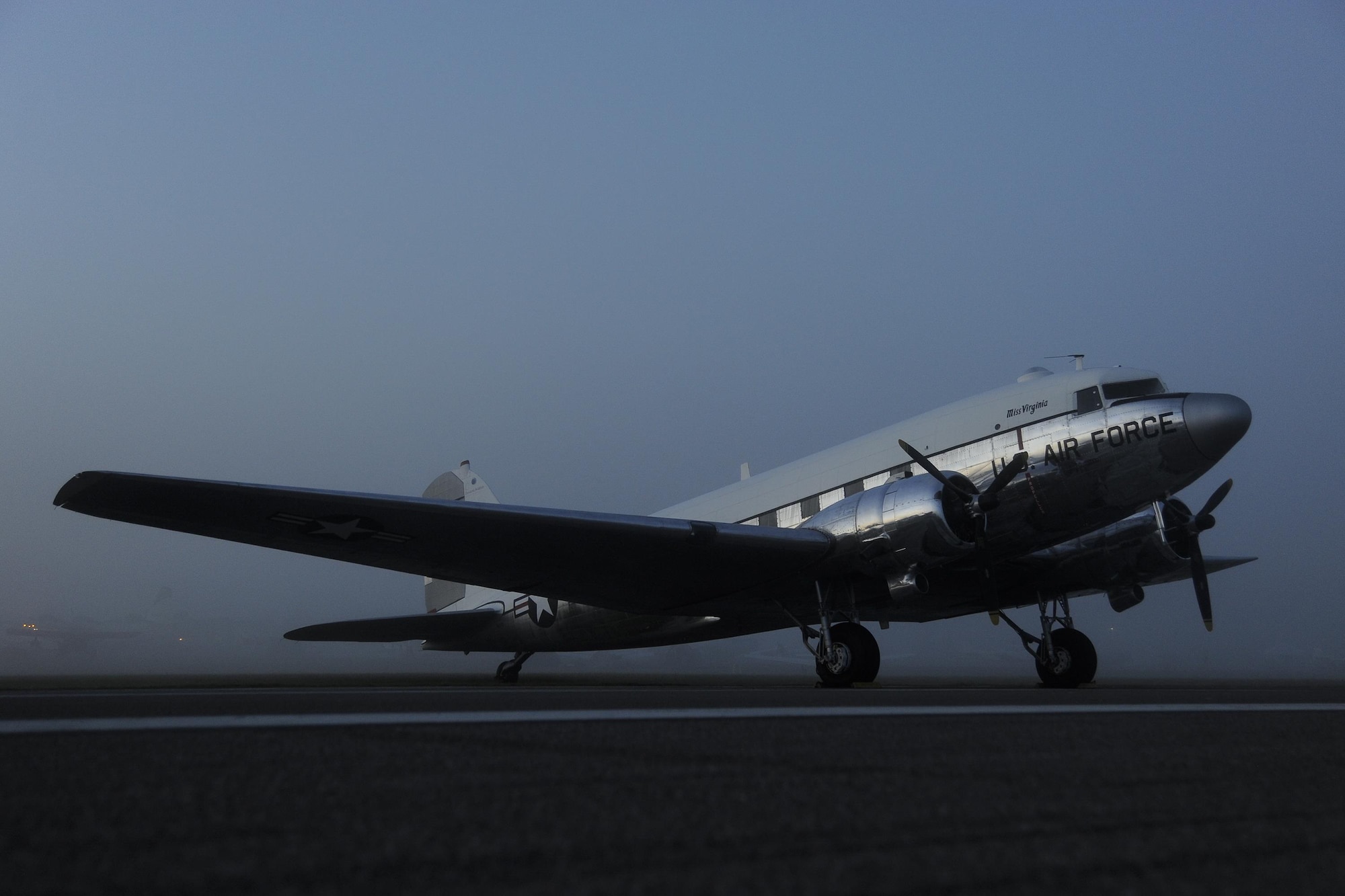'; } else { caption += $(this).find('figcaption').html() + getDetailsURL($(this).parent()) + getDownloadURL($(this).parent()) + showFBShare(); } } else { if (isMobile()) { caption += '
' + '
' + '
' + '
' + '
' + $(this).find('figcaption p').html() + '
' + getDetailsURL($(this).parent()) + getDownloadURL($(this).parent()) + showFBShare() + '
' + '
' + '
SHOW PHOTO DETAILS
'; } else { caption += '
' + '
' + $(this).find('figcaption p').html() + '
' + getDetailsURL($(this).parent()) + getDownloadURL($(this).parent()) + showFBShare(); } } return caption; }, afterLoad: function (instance, current) { //initial desktop view $(".fancybox-caption__body").addClass("a2a_kit").addClass("a2a_default_style"); if (isMobile()) $(".fancybox-caption__body").addClass("mobile"); }, afterShow: function (instance, current) { var $currentSlide = $(".fancybox-slide.fancybox-slide--current").parent().parent(); if (isMobile()) $currentSlide.find(".fancy-detail-link").on("touchstart", function () { captionToggle(); }); }, afterClose: function () { } })); let debounceTimer; $(window).on("resize", function (event) { if (isMobile()) return; if ($(".af3-caption-body").length > 0 && $(".af3-caption-body").css("height") != undefined) { event.stopImmediatePropagation(); $(".fancybox-caption__body").removeClass("half"); isDesktopInit = false; captionToggle(); debounceTimer = setTimeout(function () { clearTimeout(debounceTimer); debounceTimer = null; recalculateImageSize(); }, 1000); } }); function recalculateImageSize() { // Fancy box miscalculates because of race conditions with new layout var origImgWth = $(".fancybox-image").prop("naturalWidth"); var origImgHgt = $(".fancybox-image").prop("naturalHeight"); var winWth = $(window).innerWidth(); var winHgt = $(window).innerHeight() var ratio = Math.min(winWth / origImgWth, winHgt / origImgHgt); var newImgWth = (origImgWth * ratio); var newImgHgt = (origImgHgt * ratio); var dstTop = Math.floor((winHgt - newImgHgt)) / 2; var dstLeft = Math.floor((winWth - newImgWth)) / 2; $(".fancybox-content").removeAttr("style"); $(".fancybox-content").css("width", newImgWth + "px"); $(".fancybox-content").css("height", newImgHgt + "px"); $(".fancybox-content").css("transform", "translate(" + dstLeft + "px, " + dstTop + "px)"); } function captionToggle() { if ($(".fancybox-caption__body").hasClass("af3-caption-body")) { $(".af3-caption-body").stop(true, false).animate({ height: "0vh" }, 800, function () { // Animation complete. closeDetails(); }); $(".fancy-photo-detail-link").html($(".fancy-photo-detail-link").html().replace("CLOSE", "SHOW")); } else { $(".fancybox-caption__body").addClass("af3-caption-body"); $(".af3-caption-body").addClass(detailSize); $(".af3-caption-body").animate({ height: displayhgt }, 800); $(".fancybox-caption").addClass("af3-caption-bg"); $(".base-caption-info").addClass("full-height"); $(".fancy-photo-detail-link").addClass("photo-detail-gradient"); $(".fancybox-button").css("display", "none"); $(".fancy-photo-detail-link").html($(".fancy-photo-detail-link").html().replace("SHOW", "CLOSE")); $(".fancybox-caption__body").prepend(prependClosing()); $(".closing-box, .closingx").on("touchstart", function () { captionToggle(); }); } } function getDetailsURL(fbObj) { return 'DETAILS'; } function getDownloadURL(fbObj) { return 'DOWNLOAD'; } function showFBShare() { return ''; } function closeDetails() { $(".af3-caption-body").removeClass(detailSize); $(".fancybox-caption__body").removeClass("af3-caption-body"); $(".fancybox-caption").removeClass("af3-caption-bg"); $(".base-caption-info").removeClass("full-height"); $(".fancy-photo-detail-link").removeClass("photo-detail-gradient"); $(".fancybox-button").css("display", "block"); if (detailSize === "half") { detailSize = "full"; displayhgt = "90vh"; $(".fancybox-caption").removeClass("desktop-init"); } } function prependClosing() { return '
' } });
- Published
- By Greg L. Davis
- 72nd Air Base Wing Public Affairs
The Douglas Aircraft Corporation C-47 “Skytrain” was a twin-engine, cargo and troop transport built around a cantilever low-wing configuration and tailwheel landing gear. The C-47 is a derivative of the Douglas DC-3 airliner which opened up air travel to the masses in the early 1940s and became popular with the major airlines of the day. Based upon its utility, rugged design and ease of operations, the U.S. Army Air Corps and U.S. Navy purchased huge numbers of the aircraft in various models.
A majority of the C-47 were built in Oklahoma City at the Douglas aircraft manufacturing facility which is almost one-mile long and is still in use at Tinker AFB today. There were 5,231 C-47 and C-47As produced here and then put in to service in all theaters to deliver cargo, supplies, paratroopers, and act as glider tow aircraft. Additional maintenance, repair and overhaul were conducted during the aircraft’s many years of service.
The C-47 is most famous during World War II for delivering thousands of paratroopers behind enemy lines during the D-Day invasion of Normandy, France. The aircraft also towed gliders which delivered additional troops and equipment. Skytrains moved ammunition, fuel, food and other supplies ‘over the hump’ of the Himalaya Mountains between India and China as allied forces pressured the Japanese empire from all sides. Following WWII the Skytrain truly lived up to its name during the Berlin Airlift as the allies created an air-bridge to Berlin as the Soviet Union tried to forcefully annex the city.
The C-47s versatility of design lent itself to become one of the most modified airframes used by the military. Over the years there were more than 100 different aircraft designations for electronic, reconnaissance, gunship, navigation trainer, glider, and search and rescue missions. During the Vietnam conflict, the C-47 became America’s first dedicated ‘gunship’ in the AC-47D “Spooky” configuration. Also known as ‘Puff the Magic Dragon,’ the AC-47s employed three 7.62 mm General Electric miniguns firing from the fourth and fifth window openings and open door of the port side of the fuselage. Flying in left-hand orbits and mainly at night, the AC-47Ds concentrated firepower could quickly devastate targets below. The aircraft also dropped phosphorous flares for target identification and to aid U.S. and Republic of Vietnam forces engaged in battle.
The DC-3/C-47 continues to be a workhorse in passenger and transport operations. Many have been overhauled and upgraded with modern engines and avionics. The iconic design still graces the skies over Africa, the Caribbean, Central and South America and limited use within the United States. For years, upgraded turbo conversions were leased by Air Force Special Operations Command in support of the Partnership for Peace program where Air Force advisors worked with and trained aviators from partner nations who continued to use the aircraft in military service.
Manufacturer: Douglas
Aircraft type: C-47
Nickname: Skytrain
Crew: 4
Power plant: Two Pratt & Whitney R1830 radial engines creating 1,200 horsepower each
In-service dates: 1940-1975
Number produced: 9,125
Tinker connection: Maintenance, repair and overhaul

